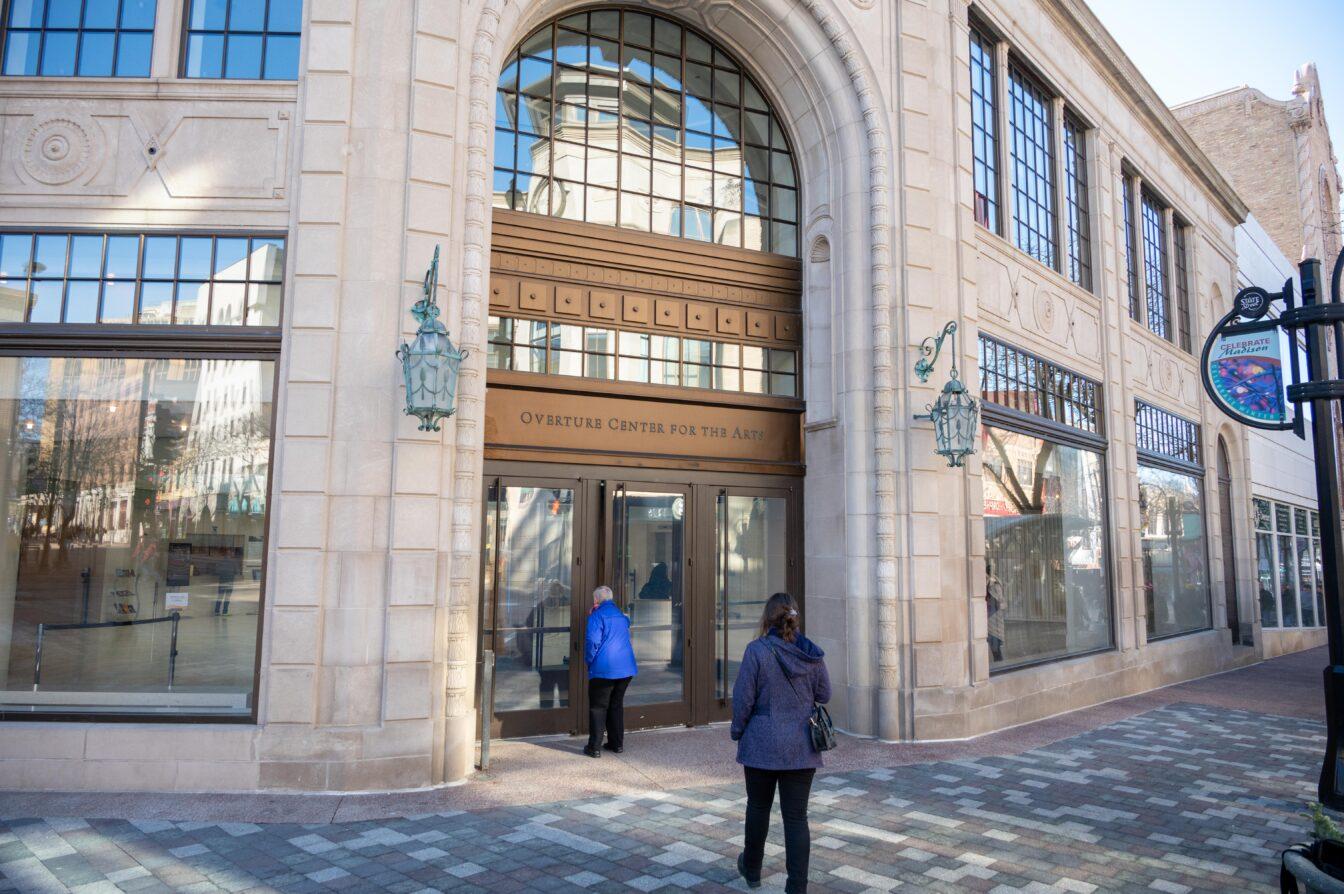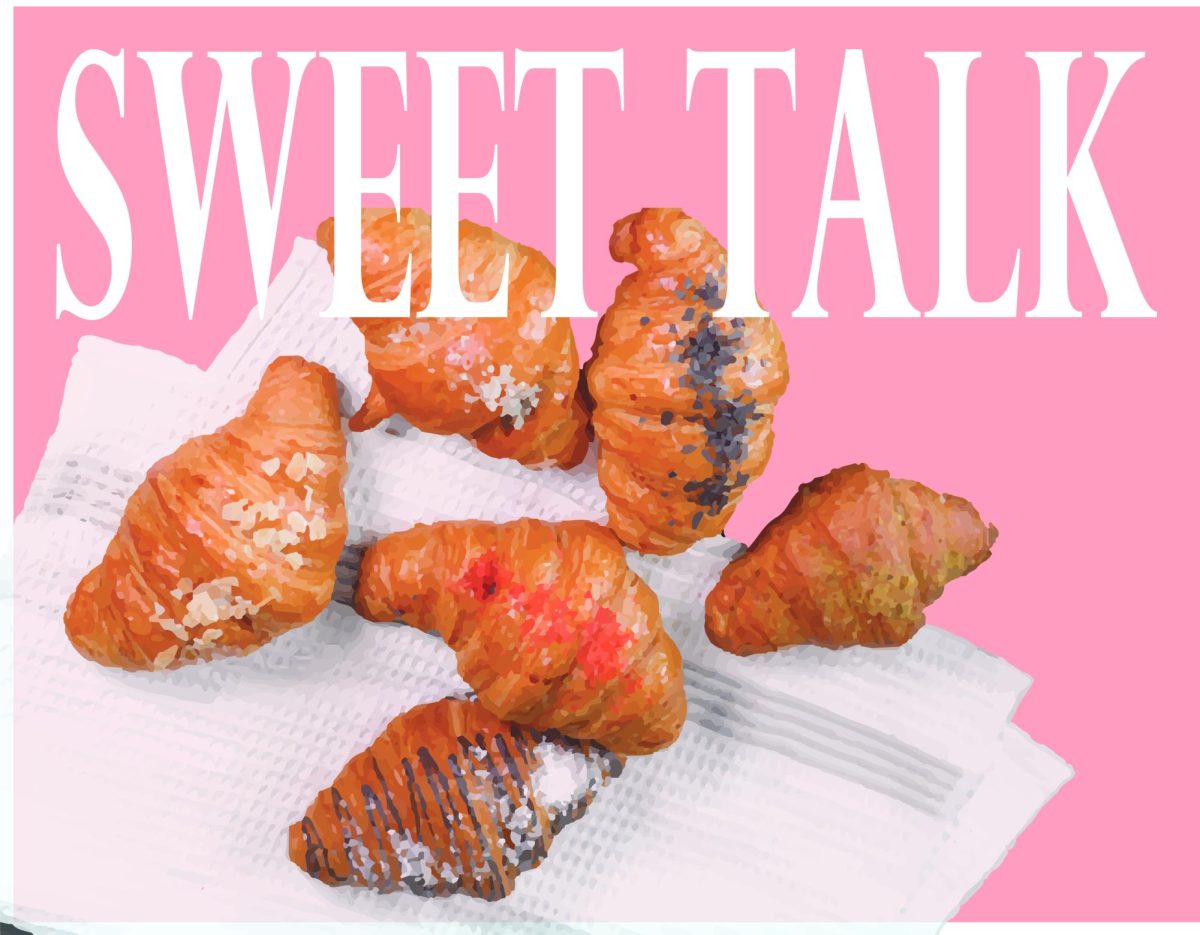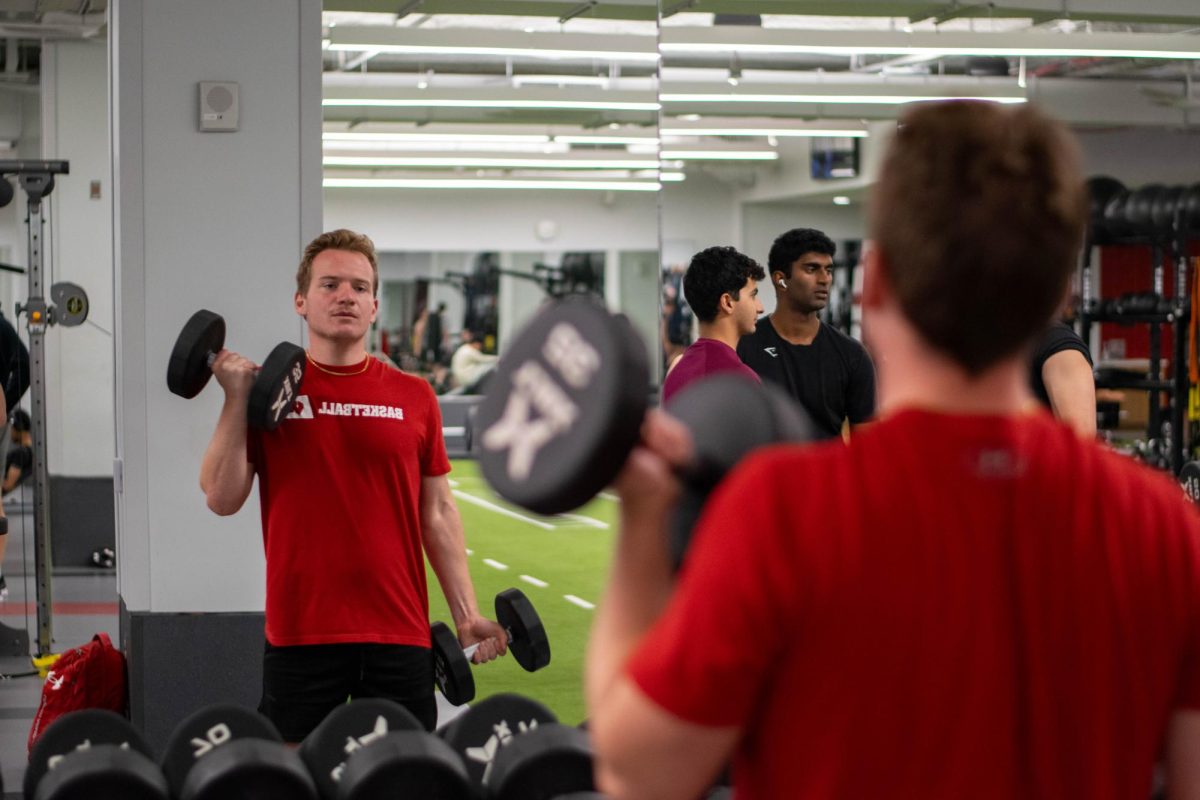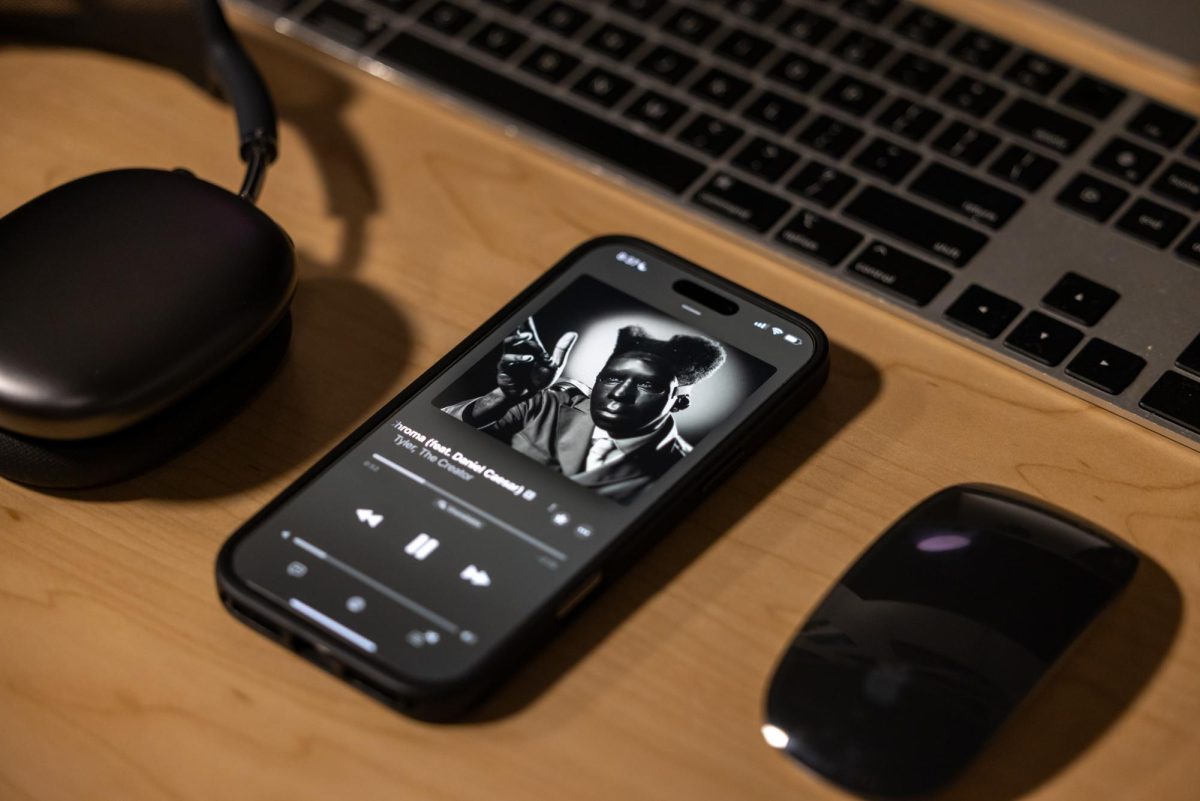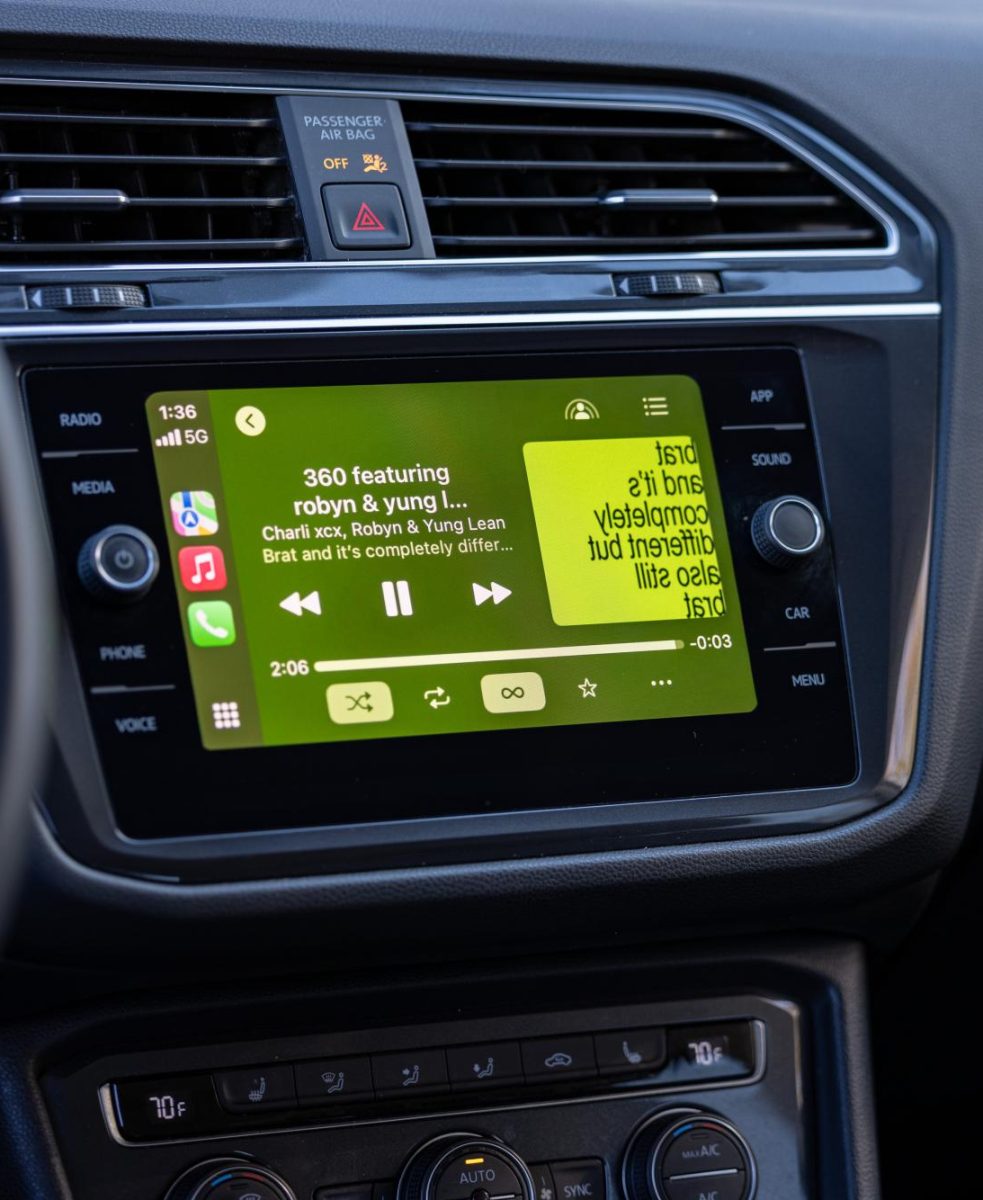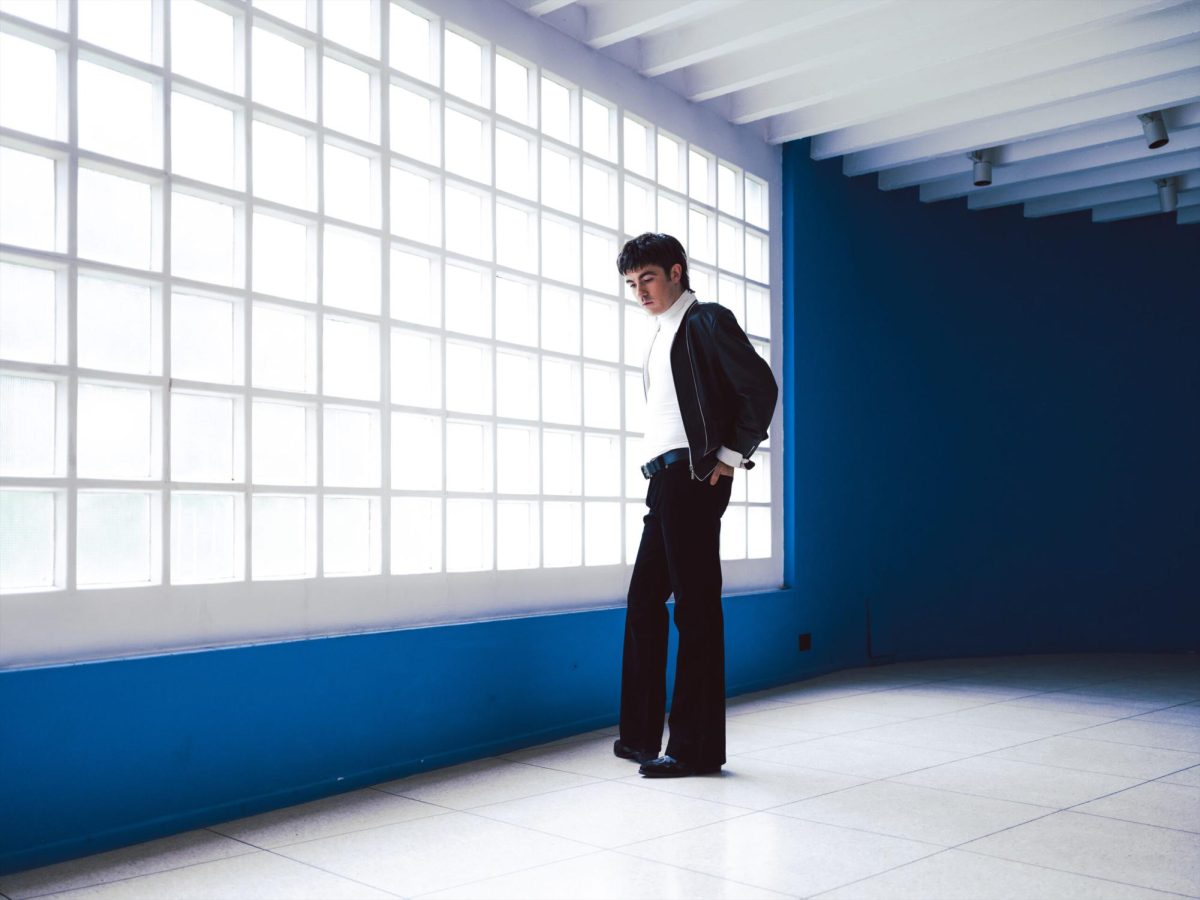The incoming Hamel Music Center construction is well underway, and the building is projected to open as a musical performance space around 2019.
The center will be located at the corner of University Ave and Lake Street, and will hold a variety of music events for University of Wisconsin students, but also music lovers from the greater Madison area community as well.
The Badger Herald spoke with Susan Cook, the director of the Music Board of Advisors for UW’s School of Music, about the highly anticipated new Hamel music center and how it will grow the UW Music department.
The following interview was edited for style and clarity.
The Badger Herald: Why is this new music center such a big deal?
Susan C. Cook: First of all, it’s entirely donor funded so it’s all philanthropy — no state money. This means we have a foundation, the Mead Witter Foundation, out of Wisconsin Rapids, and Pamela and George Hamel, longtime friends of the university. Then other folks from the Board of Visitors and others who have given to it. So that’s pretty extraordinary. We have foundations and individual support for something like this.
The second reason is that it finally gives us great performance spaces that our students really deserve. These spaces, like the Humanities building, aren’t great anymore. Students are often fighting for spaces rather than doing what they need to do. That’s of critical importance. Performance spaces are challenging to build — it’s like building lab spaces. They’re not like building a dorm or building regular classrooms.
To get these spaces moved out of this building, in a sense, replaced out of this building makes it easier for the university than deciding what happens with this building which is really overdue to come down entirely … the generosity of people, the use for our students, and then for the larger campus to really be able to do what it needs to do with its buildings.

BH: What does this mean for the art/music community?
SC: The location at the corner of University and Lake means then that we’re part of … the gateway to our campus. It’s not just serving the students and a campus community, but what it means to the larger Madison community and outside Madison to the larger state community … we can be a resource to them as well. We are in a place where they know where we are and they can come see us and find us. Very important. Absolutely.
BH: When is it going to be complete?
SC: Again these are big challenging spaces so when you’re done, you still need to be working with the architects to make sure that all of the acoustical treatments are where you want them and you know how to use them. So we’ve been told we need to give ourselves some time in the space to actually figure out how it works and learn how we sound in it. So we’re really focused on spring 2019. Probably, in terms of really big celebrations, it would be the academic year of 2019-20. So we can do some kind of family events in the spring of 2019 and then when it’s really moved in. There’s different definitions of ‘done-ness.’
BH: Who will be playing in the center?
SC: The band is part of us. Certainly, we see them as a big beneficiary of the rehearsal space. The university band and varsity bands have concerts in those halls so that would be replaced here. We wouldn’t be the location for the big spring events because those are much bigger … so certainly student groups, the faculty and invited guests. We expect there will be people who will want to rent the space. We already have done some work with community partners so they’ll use the space. It’ll be our usual smorgasbord of users.
BH: How is it funded?
SC: Entirely donor funded —extraordinary generosity of people. And of people who, again, do it because it’s been important to them and they want to be sure that future generations have these opportunities and this access. For example, the Mead Witter Foundation out of Wisconsin Rapids, they have a performance center in Wisconsin Rapids. It’s part of the high school there and so they knew how important that was as a community gathering place. So, they came to us.
BH: Any events already anticipated for in this new space?
SC: We definitely know that we want to have big alumni events. We’ve talked about bringing alumni back to perform. So that’s a biggie. The small hall is going to be really good for chamber music so we definitely want to have some professional chamber events. Other than that, we haven’t really begun that kind of conversation, yet. We’re trying to think about what would be the fun special accommodation of celebrating the local and celebrating the global. We’re still thinking about that. If any of your readers have ideas, please let us know.
We didn’t deserve Solange and neither did you: Here’s what you missed at Pitchfork 2017
BH: What type of performers are welcome there?
SC: Really anybody. Any of the ensembles that we work with here (or groups) in our own curriculum of course, community groups. We want to be as inclusive and welcoming as possible.
BH: Any additional information?
SC: I like the fact that the architects have really thought a lot about how this is a Wisconsin space. So we talked about the fact that it needs to be a highly functional space, by which I mean that it can put up with a lot of student use but still have a kind of elegance about it. Which I think is a Wisconsin value.
We like things that work for the long run. We don’t have to be really fancy, yet you want things to work and still be aesthetically pleasing. They’re thinking about the colors, the natural colors. The colors for the inside of the building, will be the range of colors of the sugar maple. From yellows all the way to some sort of almost purple-reds. They want a sense of how this building is a Wisconsin building.
We thought a lot about how it comes up right close to the Chazen, so it’s a building that has to work well with it’s neighbors — snuggle up nicely with it’s neighbors. It will work well there, so we thought about that a lot. There’s some interesting things like … the outside is part of making it a very good acoustic building … it’s got this heavy concrete outside which a lot of our buildings do. That precast concrete is made here in Wisconsin, they’re making a special color for us. It’s a special combination.
We have Wisconsin connections there. We’re using a lot of wood on the inside … it’s Mead Witter paper company out of Wisconsin Rapids so they love the fact that there is this wood, but it’s not like the fancy wood, it’s like the kind of wood that sometimes gets thrown away because it has so much character in the knots and grain and stuff. George Mead was just so delighted that this one space was going to have this wood treatment because that’s a Wisconsin thing. It’s going to have some architectural things that kind of look like Frank Lloyd Wright, high.. windows so that’s where light will come in…I think it’s just going to be a really kind of wonderful Wisconsin space which I love.






